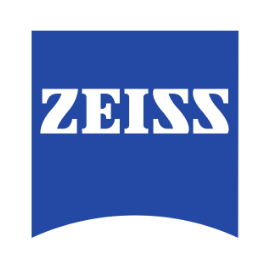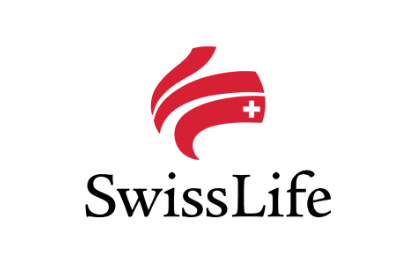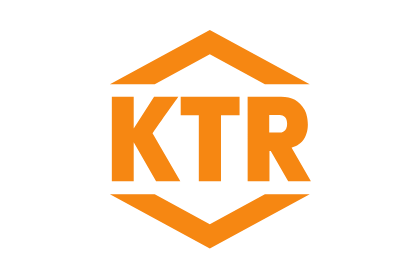
Initial situation
ZEISS is a leading global technology company in the optical and optoelectronic industry. The company is represented in around 50 countries with 60 sales and service locations, 30 production and 25 development sites. ZEISS also offers innovative solutions in the fields of digitization, healthcare and industry 4.0. With this portfolio, which is geared towards future growth areas, and a strong brand, ZEISS is helping to shape technological progress and is constantly advancing the world of optics and related fields with its solutions. In the course of the digital transformation, the requirements for the necessary business capabilities are constantly changing. Here it is important not to lose sight of the interdependencies and interrelationships.
Challenges
- The discipline of "enterprise architecture" was successfully introduced into the organization over ten years ago. Now the next level of maturity had to be heralded: Enterprise Architecture Management should not be reserved for a small elite in an "ivory tower", but should serve as a friend and helper for all employees.
- Enterprise Architecture should reduce shadow IT without hindering the increasingly important agility.
- Ensure that IT performance and offerings are consistent with business goals and needs. At the strategic, tactical and operational levels (Business-IT-Alignment).
- Depending on the role, function and level of knowledge of the employees or decision makers, recipient-specific reports and visualizations are required. It should be possible to create these data-based reports and visualizations at the push of a button without having to "paint" them yourself (costs too much time).
- A tool should be introduced that can be easily operated by every employee - even occasional users.
using LUY
Achieved results
- The resulting transparency of IT and business ensured optimal collaboration.
- IT is seen as an enabler for innovations and digital projects by the business and business departments.
- People from the most diverse disciplines have moved closer together and are better networked with each other. Communities have been created and with the help of LUY, "bridges" are still being built today.
- Shorten innovation cycles and reduce shadow IT by providing a coordinated technology portfolio as part of a digital platform from which everyone can draw.
- Rapid integration of acquisitions and successful execution of merger projects.
- Shortening of decision cycles through recipient-specific visualizations for the entire management
Side effects
- High acceptance of Enterprise Architecture in the company. Enterprise architects are perceived as consultants and coaches
- Risk minimization during audits (compliance)
- Documentation for compliance obligations (GDPR, FDA)

